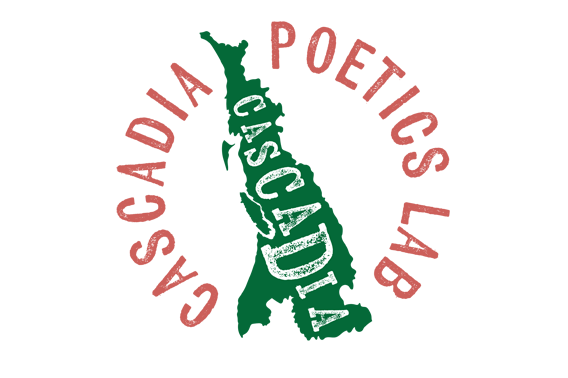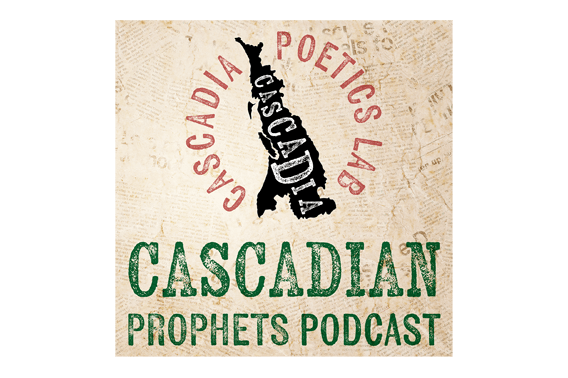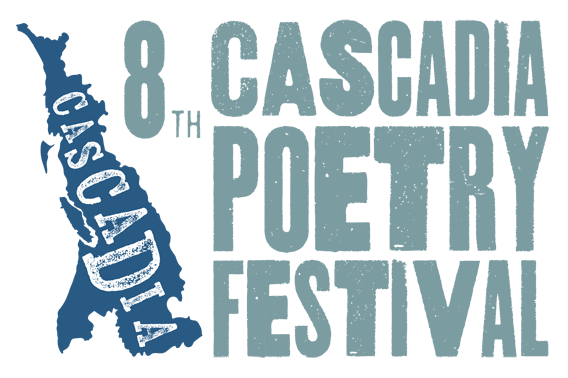No, no, that’s the wrong question! Not what I want to impose, but rather what is trying to emerge from the background? From all the untold world? And from there … what to pull into the foreground?
Its not a matter of projection, then, but rather of learning to listen … holding your ear to the ground for a long while … learning its pulsations and rhythms … a kind of deep auscultation….
Here’s one background emerging: physiography—the lay of the land—a realistic 3-D relief map of the Northern Cordillera—steep rugged mountain ranges rising in long chains running north and south—broken open by volcanic plateaus in between—hanging white Ice hovering far above feeding rushing white rivers threading green valleys below… This is the land of “Mountains & Rivers Without End” I call home….
But what is their story—the story of this place? Since “A place is a story that keeps on happening” (Kim Stafford), the question then becomes: not only what stories emerge here, but are decisive in creating and configuring this place, giving it life? For the key stories in the life of a bioregion are their shared dynamic unity of formation—the great Makers and Shapers thru time—the elemental forces or gods of the place… Since Energy flows generate form, we need to follow out transformative dynamics that make the place what it is—give the bioregion its fundamental character and context… These are the crucial emergent stories to foreground….
Imagine, then, on the Cascadia background—two long sloping curves facing one another in graceful arcs shaped by the North Pacific Rim….
On the seafloor rises the Cascadia Subduction Zone where our own micro-plates plunge deep beneath the plowed edge of the North American continent. The colorful seafloor plunges into ever-deeper depths ranging from light and medium blues into darker blues into an almost purple-black where hardly any sunlight ever reaches into the abyssal depths, as if North America is a great rock ready to fall off the edge into dark hidden depths. The swooping line of the subduction zone and barbed triangles pointing down eastward mark the Trench where basaltic seafloor literally vanishes into the bowels of the earth … the convergent margin pushed by the divergent margin of the Mid-Ocean Spreading Ridges where iron-rich magma literally pulses up from the mantle of the earth. So here in this span from Ridge to Trench separated by a little over two hundred miles hidden below the waves is where the great mysteries of creation and destruction of our Earth take place every minute of every day, creating the Long Day of Deep Time….
And on the shore, along the edge of the Continental Shelf—rises another great line marking the maximum extent of the edge of the Late Glacial Maximum (LGM) Cordilleran Icesheet—here great chunks of Ice undercut by pounding waves—shattered and collapsed thunderously into the seawater, calving from a 200 meter high wall…. Here stood the seaward edge of the great Icesheet which covered most of northern two-thirds of Cascadia to a depth of two kilometers thick on the interior Fraser Plateau…. This kind of glaciation returns at long intervals—at least four times, some say six or eight, others twelve, and perhaps as many as twenty times! (They say we live in an “inter-glaciation,” but with climate change…?) No one really knows for sure since the visitation is so massive that each pulse is transgressive, carving away most evidence of earlier glaciations. Ice carved out the face of this place along the ragged edge generated by tectonic forces … our landscape then is a living palimpsest of all the visitations of the great forces flowing thru, and they are legion…!
Tectonic Fire and Ice—two great formative dynamics facing off together along the same coastline they helped create—rising from the depths of time can be seen together for the first time on the new second edition of the Cascadia Map…
Here is the art of cartography—to learn to listen to what’s happening
in the depths—and to bring out the key formative dynamics making the place work as a whole on many levels thru time… Gradually pulling this hidden matrix into the foreground, surfacing it, revealing some of the key relationships, making them visible, unfolding what is implicate, helping reveal their depths and intertwinings, making the tissue of organic relationships visible… So the living body dances…!
—David McCloskey
© Oct 2022
Cascadia Institute
The second edition of the path-breaking Cascadia Map will be
Available in July from the Cascadia Institute and marsha mccloskey
At https://www.featheredstarproductions.com/map-gallery.









0 Comments